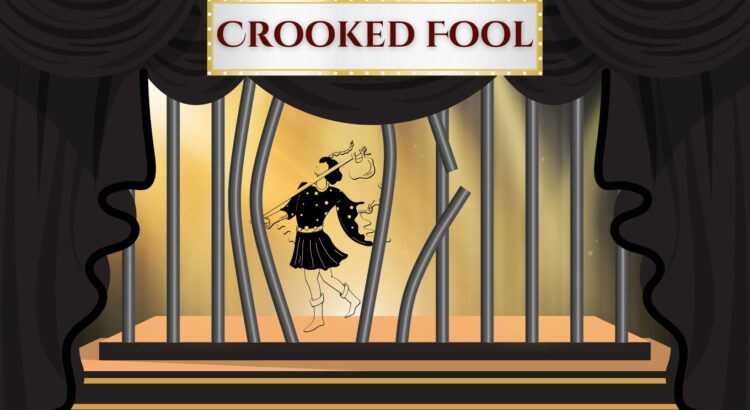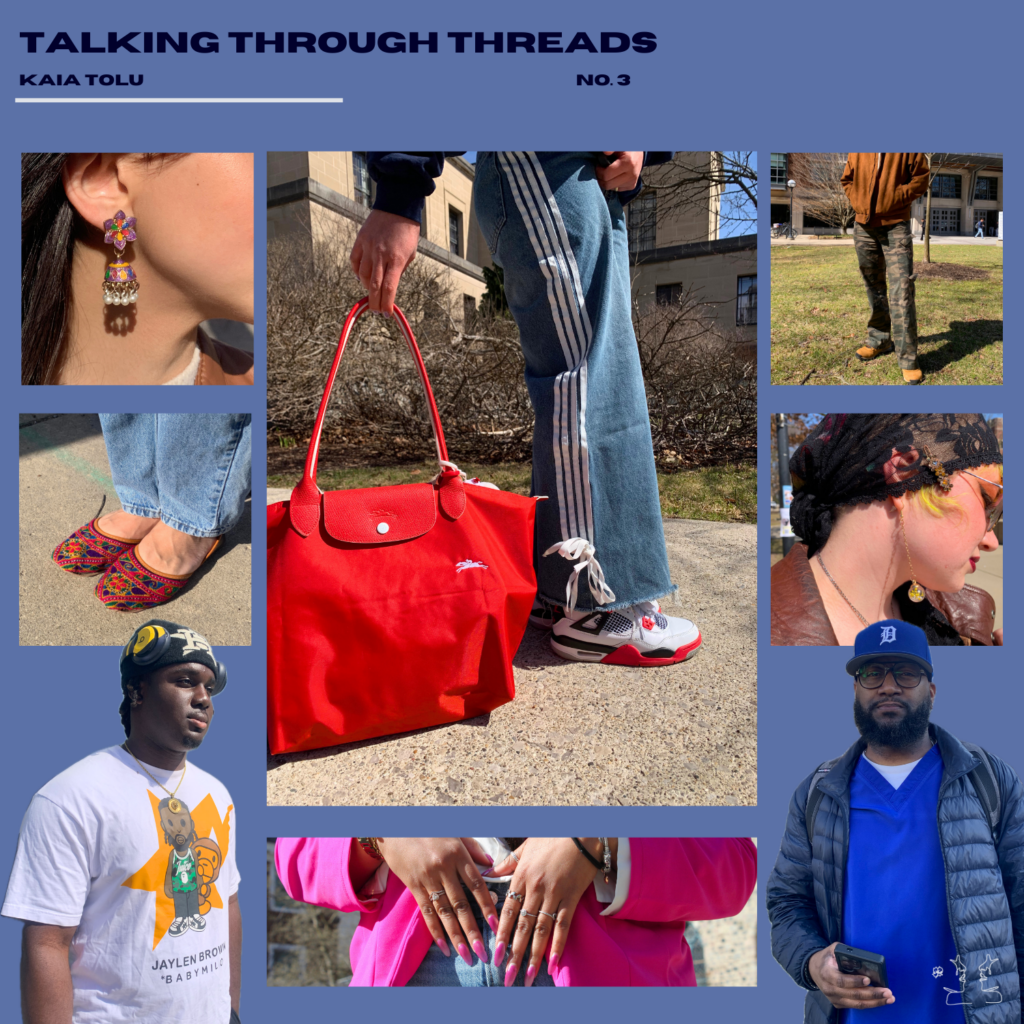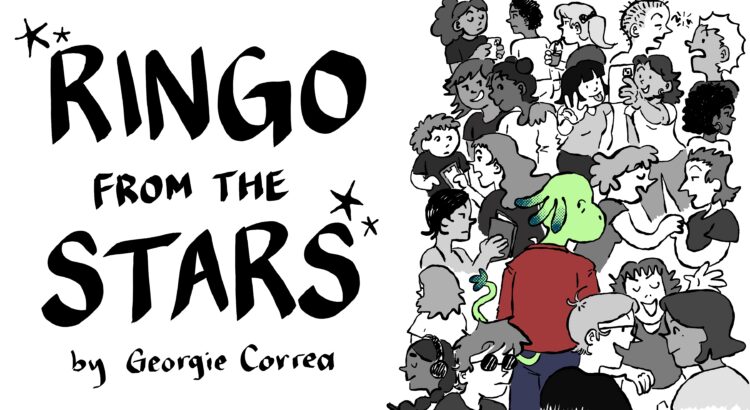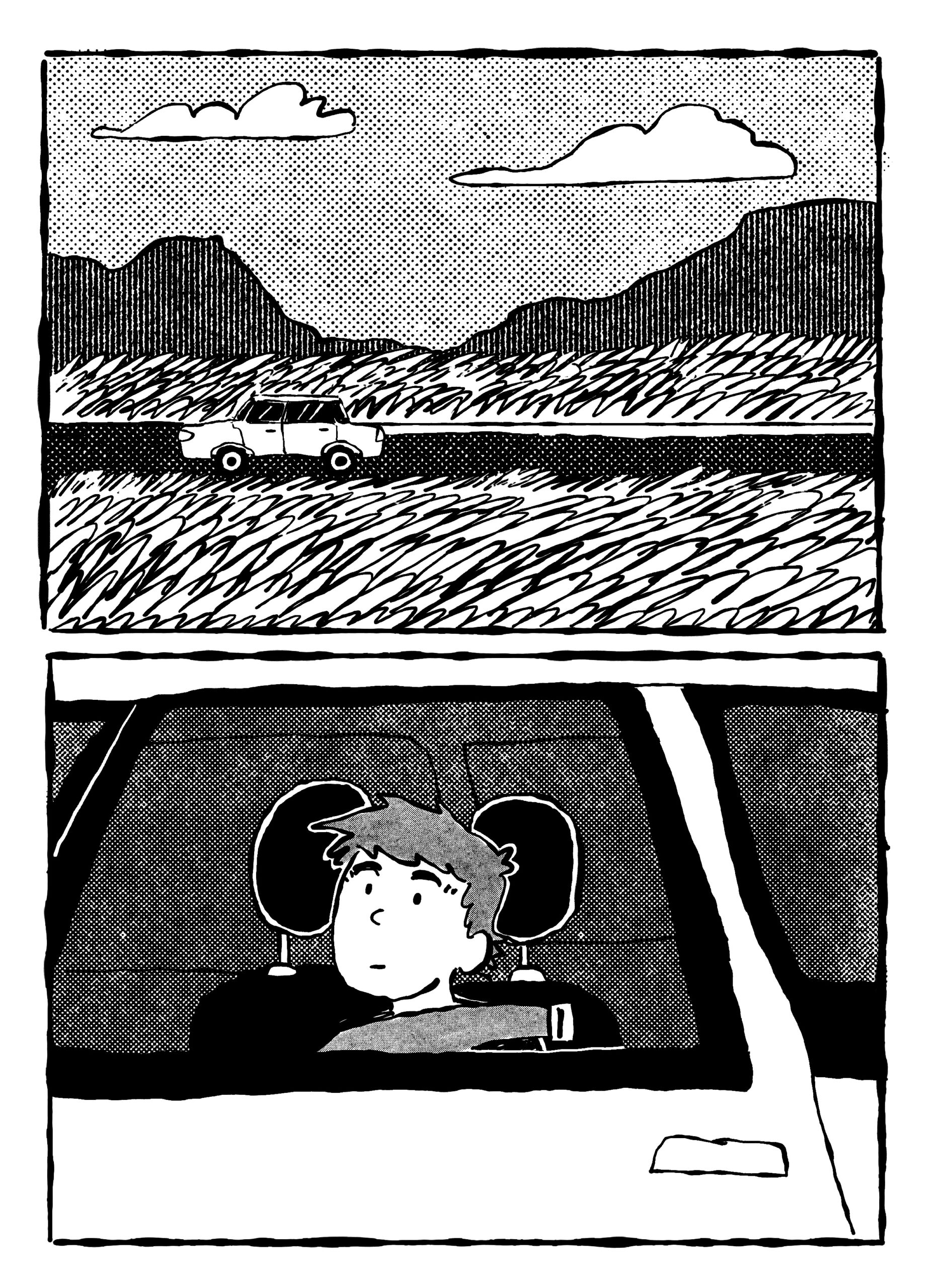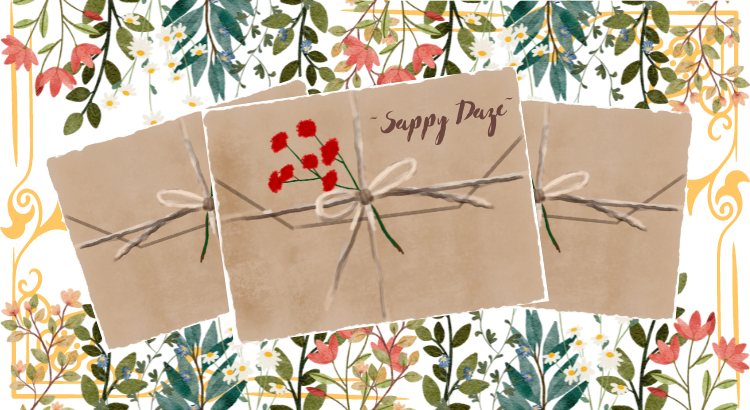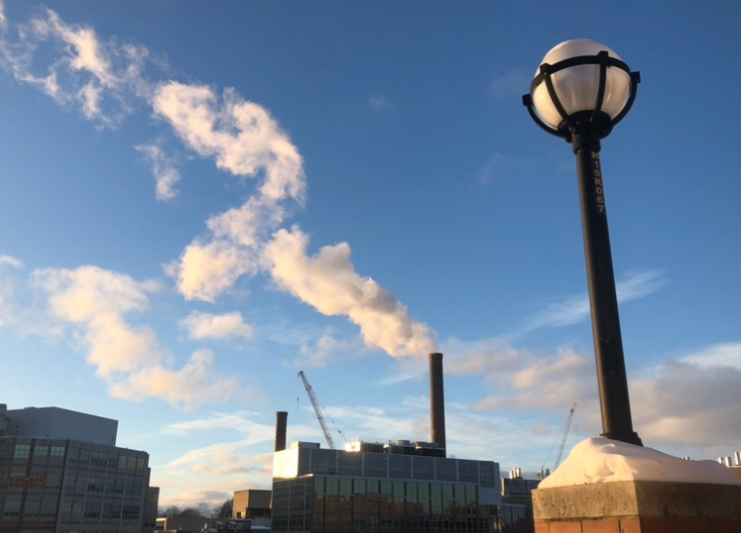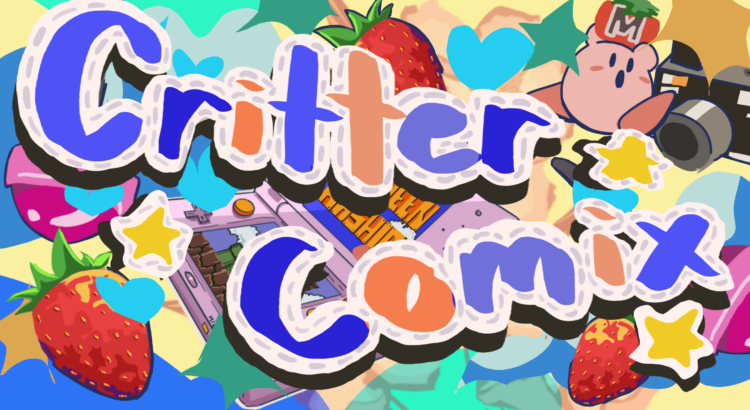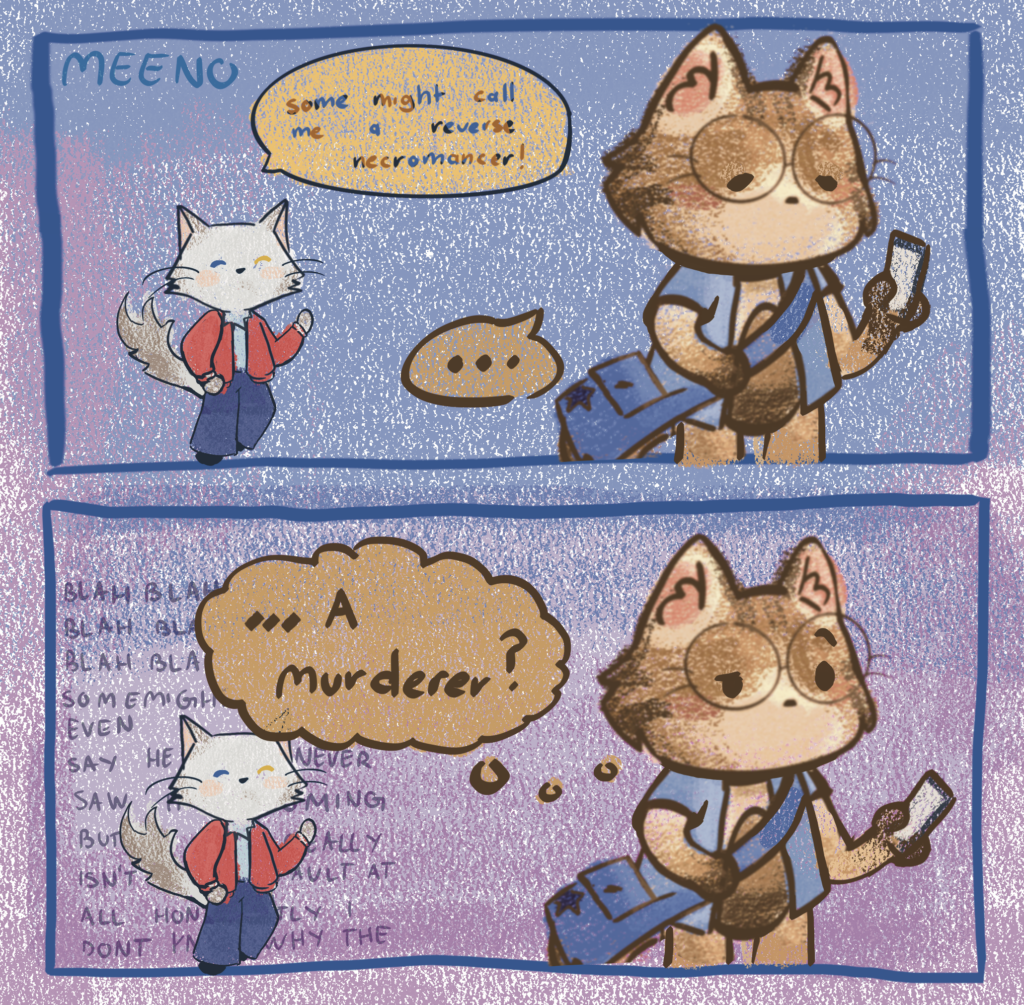I’m working on a solo clown show and it is killing me.
It’s actually a clown show with some added baggage in the form of a critical eye toward depictions of disability and Madness in comedy. While that does have me worrying a bit more about the messaging and content of the show, it’s not the main reason I’m struggling.
I do think that part of the problem is that clown is out of my comfort zone. I’ve had some training and I’ve been told I’m at least not terrible at it, but I’d be much more comfortable writing something really sad with some beautiful language. But the catalyst for this entire show was frustration with the fact that no one could tell me why there were so many depictions of hunchbacks in comedy, which led to a rabbithole on disability in clown imagery, which leads us to this damn clown show.
Ultimately, though, the problem here is just that I’m making a show from scratch with a deadline and it kind of sucks. I think it will get done. It’ll probably be fine. But creating a new work from nothing is not the same thing as figuring out how to embody a story that already exists. And it’s not as simple as putting words on a page. It’s more like flopping around like a dying fish until you accidentally make a thing. And that’s stressful when you don’t know when the “accidentally making a thing” part will happen.
In my case, I had something of a breakthrough this week, so even though I’m still daunted by everything I still have to figure out, I can kind of see the light at the end of the tunnel now. But I’m still feeling the crunch. And I need a nap.
Honestly, though, I do think this space of unknown is kind of to be expected when you’re making something new. I also think we aren’t always honest with ourselves about how frustrating it can be.
We live in a world driven by deadlines, reliability, and not wasting people’s time. While I can see the value of these things in certain instances, let’s be clear that these are capitalist constructs, and more so than that, they aren’t realistic 100% of the time. Making stuff can be messy and it can be infuriating. I think there’s room to have grace with ourselves. I also think we can be more compassionate with the expectations we place on each other.
That’s it. That’s all I’ve got. Whatever I manage to come up with show-wise will go up in the Keene in a few weeks. More info to come.

